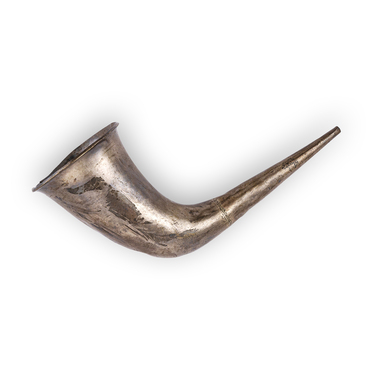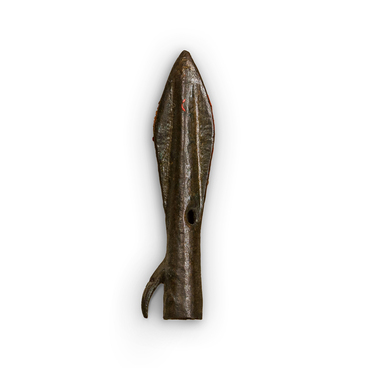The first Paleolithic Venus figurines were discovered in 1864 in southwestern France, in the town of Laugerie-Basse. These artifacts provided evidence of the development of ancient human art. For the first time, a female figurine of a similar type was unearthed in Russia on the territory of Kostenki-1/I in 1915, during excavations led by Stefan Wincenty Krukowski.
Subsequently, in the following decades, the Kostenki Paleolithic expedition amassed a rich collection of small-scale Paleolithic figurines. The earliest finds were added to the collection of St. Petersburg’s Kunstkamera.
Paleolithic Venuses are small statuettes, measuring between six and 16 cm in height. They are sculptural representations of nude women. Some figurines share common features, such as a standing posture, a head tilted slightly forward, and thin arms that are disproportionate to the rest of the body.
A number of figurines were discovered in storage pits and within the cultural layer, without any connection to any specific object. Many of the figures discovered were damaged. Researchers believe that this is due to the fact that these figures were not considered valuable by their owners, were not kept in temples, and were instead used in short-term rituals. After the ritual, they quickly lost their significance.
Among the various types of Venus figurines, scientists have identified older women (referred to as “grandmothers”), middle-aged women (“mothers”), and young women (“girls”). However, the purpose of these female statuettes remains a subject of debate. This is primarily because they have arrived to us outside of their original cultural context, leaving a wide range of interpretations open.
The Russian researcher of the Kostenki archaeological sites, Pyotr Petrovich Yefimenko, has suggested that the Palaeolithic Venus figurines represent the image of a progenitor and protector of the human race. Scientists have also suggested that these figurines were used in various ritual practices, which is supported by the large number of shattered examples found. The artistic significance of these figurines also cannot be denied.
In addition to the Kostenki
sites, other female Paleolithic figurines have been discovered at Gagarino,
Avdeyevo, and Khotylyovo. These figurines differ significantly in their shape
and posture. The one from Gagarino and Khotylyovo depict Palaeolithic women in
a half-seated position, with their features appearing more human-like.





